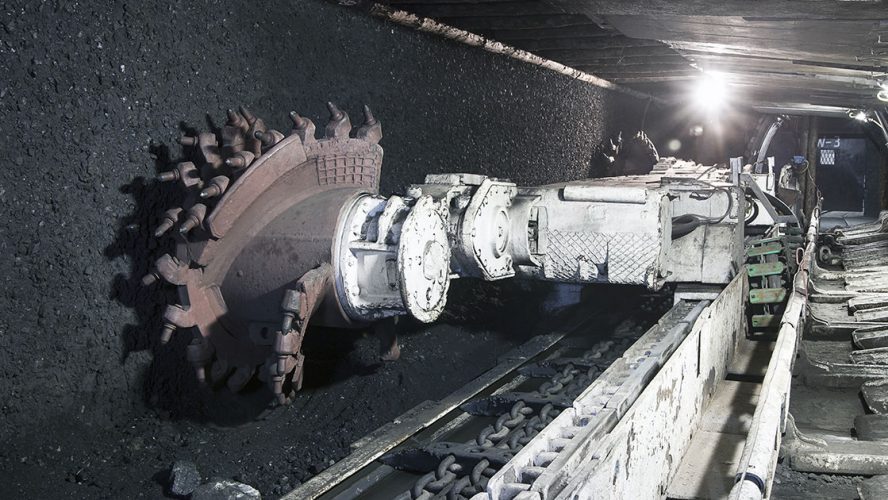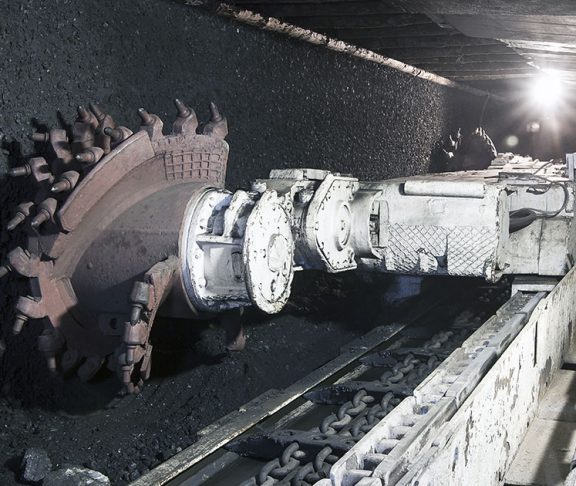Our nation’s energy resources include vast amounts of coal. In fact, U.S. coal reserves are larger than those of any other country in the world. Coal is used to make electricity, steel and cement, without which our daily activities would cease. Coal is inextricably linked to America’s energy, economic and national security.
U.S. coal production rose in 2017, supported by domestic policy changes and global coal market conditions boosting our exports. Some U.S. coal mines are opening or expanding, adding good jobs and tax revenue for states and localities.
Coal mining is essential for the power sector to provide a reliable and resilient electricity supply for businesses and manufacturers as well as American homes, hospitals and schools.
The risks of coal’s decline
In recent years, U.S. coal-based electricity generation has been declining. Many coal power plants have closed for various reasons. These include regulatory pressures and costs, lower natural gas prices and an increase in less efficient, intermittent wind and solar resources enabled by federal subsidies and state renewable energy mandates.
Coal’s economical and stable price over time has been the backbone of affordable, stable electricity costs for American consumers. This underpins economic strength and resilience. Reducing coal in the U.S. power generation mix increases dependence on other resources and exposure to market fluctuations of other fuels such as natural gas, which coal acts as a hedge against.
This translates to greater risk when it comes to electricity prices for American households and industry. Additional coal plant closures increase the likelihood that consumers will face higher and more volatile electricity prices and even electricity scarcity.
Trends in California, New York and New England provide evidence that little or no coal use limits options for generators and increases prices for consumers. For example, the average retail price of electricity in California was 15.42 cents/kWh in 2015, nearly 50 percent above the U.S. average of 10.41 cents/kWh that year, according to the Department of Energy’s Energy Information Administration.
Lessons of the “bomb cyclone”
Beyond price, coal is integral to electricity system reliability and resilience. Reliability is essentially having a sufficient supply of electricity, and resilience is the ability to respond to extreme events.
The “bomb cyclone” severe weather event this winter was an operational test for the reliability and resilience of our electricity system. Much of the nation was affected, and the east coast, New England and New York experienced the most severe conditions.
During this period of much higher electricity demand, the system responded adequately. However, there was significant stress, especially in regions with less fuel diversity and fewer baseload generation resources such as coal.
Since the bomb cyclone, grid reliability and resilience has taken on heightened visibility with lawmakers and policymakers. Even before it, several recent studies, including an August 2017 DOE staff report to Secretary of Energy Rick Perry, had assessed the reliability and resilience of the grid and identified the need for policy changes.
The DOE report pointed out the importance of modifying electricity market structures to compensate for resilience. Such pricing reform would counterbalance the impacts of other policies in the electricity marketplace and help abate the closure of baseload coal and nuclear generation.
Resilience and reliability
A bomb cyclone report by the DOE’s National Energy Technology Laboratory (NETL) analyzed six electricity markets administered by Independent System Operators (ISO): ISO New England, New York ISO, PJM Interconnection, Midcontinent ISO, the Southwest Power Pool and the Electric Reliability Council of Texas. The results showed coal was the most resilient form of power generation across these regions during the bomb cyclone.
Of the contributions by various assets to meet the surge in demand, coal accounted for more than 55% of the incremental daily generation needed to keep the lights on and avoid electricity shortages. Availability of coal plants in reserve and their on-site fuel inventories made this response possible. In PJM, which serves 65 million people in the mid-Atlantic and Midwest, the value of resilience during the bomb cyclone was estimated at $3.5 billion by NETL.
But many coal plants that ramped up during the bomb cyclone are likely to close if nothing changes with electricity marketplace compensation.
There were obstacles to the increased use of other generation resources during the bomb cyclone, including natural gas pipeline and delivery constraints and spiking prices, depletion of oil inventories, and challenges to replenishment, including the need to import foreign oil, available nuclear already operating at its limits and decreased wind availability.
The bomb cyclone is a case study in resilience and fuel security issues. It underscores the critical role of the U.S. coal fleet and demonstrates why power markets must properly value and compensate for resiliency. Energy security cannot be assured when there is a significant loss of fuel-secure capacity. Preserving coal as a key element of fuel diversity protects America’s energy security and safeguards national security.

